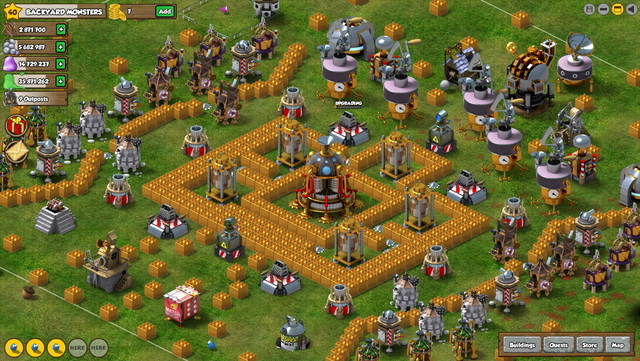
2.L.5A.2 Construct explanations for how structures (including structures for seeing, hearing, grasping, protection, locomotion, and obtaining and using resources) of different animals help them survive.2.L.5A.1 Obtain and communicate information to classify animals (such as mammals, birds, amphibians, reptiles, fish, or insects) based on their physical characteristics.Animals have predictable characteristics at. Animals have basic needs that provide for energy, growth, reproduction, and protection. One way to group animals is by using their physical characteristics. 2.L.5A There are many different groups of animals.2.L.5 The student will demonstrate an understanding of how the structures of animals help them survive and grow in their environments.They are found in South Carolina from the Midlands region of Columbia to the mountains. The front wings move opposite to the back wings. Museum visitors manipulate a mechanical display to explore the wing movements of the dragonfly. The stages in the life cycle of the butterfly are discussed. There are approximately 500 species of spiders in South Carolina, but the tarantula is not one of them.īutterflies are also insects, and there are many beautiful varieties in South Carolina. The tarantula is an arthropod that has fangs that go up and down. Even though there are differences, all black widows have a bulbous abdomen and are a shiny blue-black color. Some have a telltale red hourglass on their abdomen, some have three red stripes, and some have no markings at all. There are six to eight different species of the black widow spider.

Black widows are common in South Carolina. The brown recluse, also known as the fiddleback spider, is a type of spider found in South Carolina. An insect collection shows the size, shape, and diversity of any one species of insect, such as a beetle.Īrachnids are spiders. Museum visitors can experiment with this mode of transportation by manipulating a robot.

Camouflage, habitat, characteristics, predator/prey relationships, and behaviors are discussed for each species.Ī hymenopteran’s nest is a hexagonal structure made by wasps, bees, and other stinging insects. Some of the insects covered in this program include the praying mantis, dragonfly, unicorn beetle, and spider. Insects can not only see hundreds or thousands of images with their compound eyes, they can also see in all directions. Because the bugs are much larger than the actual insects, details, as seen from the perspective of their prey, can be viewed without a microscope. The creatures at the South Carolina State Museum are big monsters found in your backyard.


 0 kommentar(er)
0 kommentar(er)
